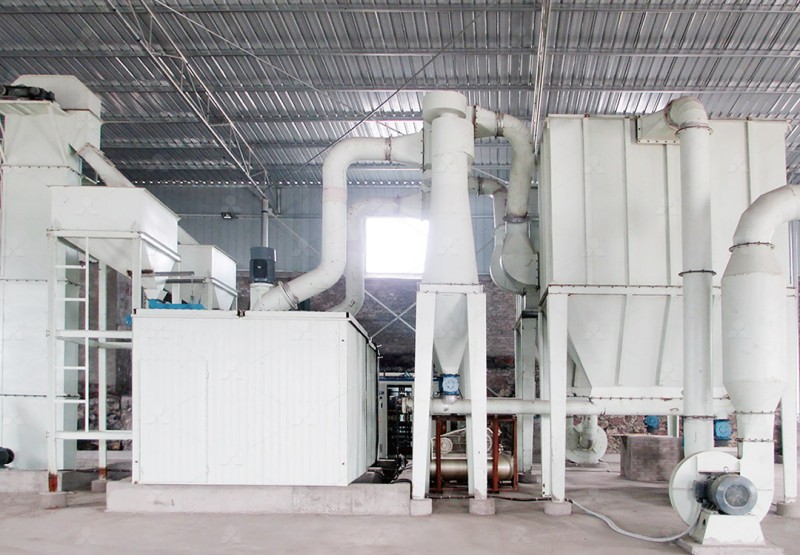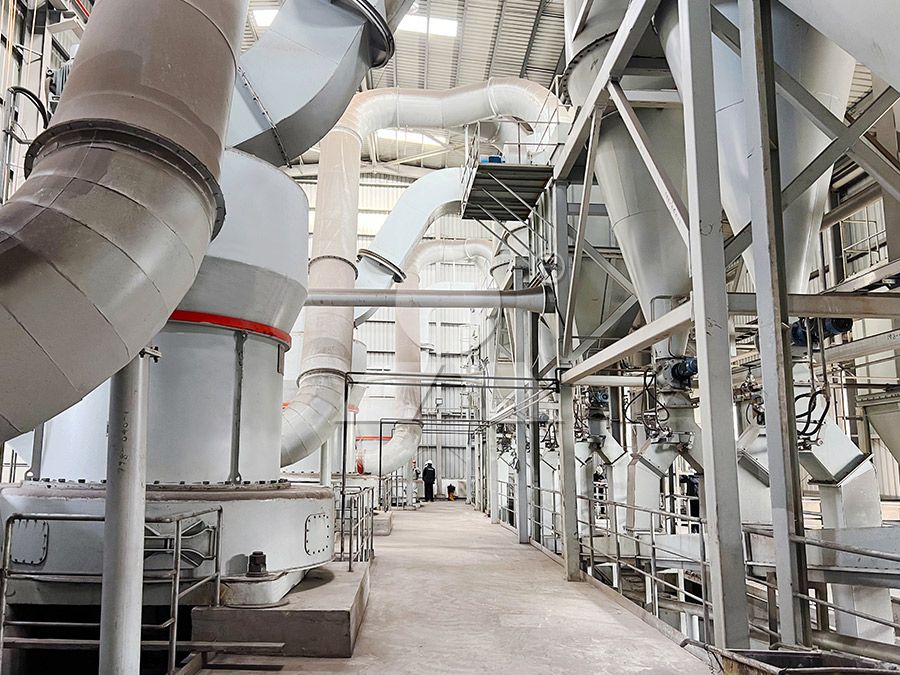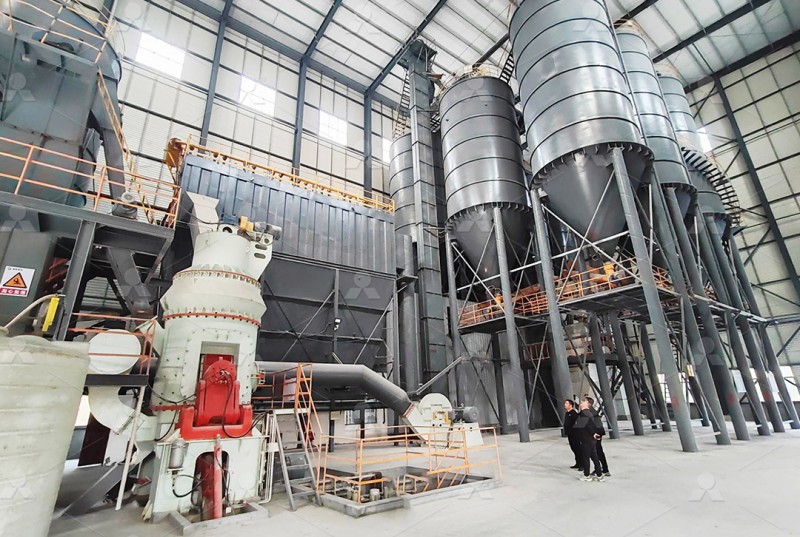How Much Does Limestone Grinding Equipment Cost? – 2024 Price Guide
We provide a wide range of mills — including Raymond mill, trapezoidal mill, vertical mill, ultrafine mill, and ball mill, obtained ISO9001 international quality certification, EU CE certification, and Customs Union CU-TR certification. Suitable for processing minerals such as limestone, phosphate, quicklime, kaolin, talc, barite, bentonite, calcium carbonate, dolomite, coal, gypsum, clay, carbon black, slag, cement raw materials, cement clinker, and more.
The discharge range of these mills can be adjusted to meet specific processing needs, typically from 80-400 mesh, 600-3250 mesh, and can achieve the finest particle size of up to 6000 mesh(D50).
If you are looking for a reliable grinding solution to turn stone or minerals into fine powder, please feel free to contact our online customer service.
How Much Does Limestone Grinding Equipment Cost? – 2024 Price Guide
Hey there, fellow industry proffesionals! If you’re in the market for limestone grinding equipment, you’ve probably asked yourself the million-dollar question: “What’s this gonna cost me?” Well, you’re not alone. The price tag on these machines can vary wildly, and it’s not just about the initial investment. Let’s break it down in plain English, without all the fluff.
What Factors Into The Cost?
First off, forget about getting a single, neat number. The cost of a limestone grinder depends on a bunch of variables:
- Capacity (tph): How much material do you need to process per hour? A small 0.5 tph unit for a pilot plant is a world away from a 50 tph monster for a major quarry operation. Bigger capacity = bigger price.
- Fineness (mesh): Are you making coarse agricultural lime or superfine powder for paint? Achieving a finer powder (like 2500 mesh) requires more sophisticated (and expensive) technology like advanced powder separators.
- Technology & Features: This is a big one. A basic Raymond mill might get the job done, but newer ultrafine mills with features like external lubrication, pulse dust collectors, and automated controls command a higher price due to their efficiency and environmental benefits.
- Brand & Support: Established brands with proven reliability and a global supply chain for spare parts might cost more upfront but save you a fortune in downtime later.

Ballpark Figures? Let’s Talk Real Numbers.
Alright, let’s get to it. While exact quotes require a direct consultation, here’s a rough guide based on 2024 market trends:
- Small Capacity (1-5 tph): For smaller operations, expect investments starting from around $50,000 and going up to $200,000. This might cover smaller vertical mills or updated Raymond mill systems.
- Medium Capacity (5-25 tph): This is a common range for many dedicated limestone processing lines. Here, prices can range from $200,000 to $500,000. This is where you find advanced mills that offer a great balance of output and efficiency.
- Large Capacity (25+ tph): For major production facilities, you’re looking at investments from $500,000 well into the millions. These are large, custom-configured systems often integrating multiple pieces of equipment.
Remember: This is just for the grinding mill itself. Don’t forget to budget for auxiliary equipment like jaw crushers, feeders, elevators, and dust collection systems, which can add 20-50% to the total project cost.
Beyond the Price Tag: The Real Cost of Ownership
A smart buyer looks at the total cost of ownership, not just the purchase order.
- Energy Consumption: This is your biggest ongoing expense. An inefficient mill can bleed you dry with electricity bills. Modern mills can be 30-50% more efficient than older designs.
- Maintenance & Downtime: How easy is it to replace wear parts? How long does it take? Machines designed for easy maintenance (think external lubrication, reversible rollers) save you money on labor and lost production.
- Spare Parts Availability: If you’re waiting weeks for a part to ship from overseas, that’s lost revenue. Choosing a supplier with a strong local parts inventory is crucial.

Our Top Pick For Value: The MW Ultrafine Grinding Mill
Based on what we see customers needing, one of our standout solutions for limestone is the MW Ultrafine Grinding Mill. Here’s why it often provides exceptional long-term value:
- Input Size: 0-20 mm | Capacity: 0.5-25 tph
- Key Advantage: It’s built for making ultra-fine powder without the nightmare of constant maintenance. A genius feature is the lack of rolling bearings or screws inside the grinding chamber. This might sound technical, but it means you basically eliminate the worry about those parts failing or screws loosening and wrecking your machine. Huge for reliability.
- Efficiency: It boasts a 40% higher output compared to some jet mills for the same power draw. That directly translates to lower cost per ton of powder produced.
- Eco-Friendly: Comes with an efficient pulse dust collector and muffler built-in, so you stay compliant with environmental standards without adding extra, costly equipment.
For operations focusing on high-value, fine limestone powders for applications like plastics, paints, or coatings, the MW Series is a workhorse that balances performance with operating costs beautifully.
Considering Higher Throughput? The LUM Ultrafine Vertical Mill
If your project demands even more robust capacity with legendary stability, the LUM Ultrafine Vertical Grinding Mill is another fantastic option from our portfolio.
- Input Size: 0-10 mm | Capacity: 5-18 tph
- Key Advantage: Its double position-limiting technology is a game-changer for stability. It prevents the grinding rollers from smashing into the millstone during unexpected vibration (like from a nearby blast), protecting the mill from catastrophic damage. It also features a reversible structure that lets you swing the heavy grinding rollers out for maintenance easily, slashing downtime.

Final Thoughts: It’s An Investment, Not Just a Cost
Choosing the right limestone grinding equipment isn’t about finding the cheapest sticker price. It’s about investing in a system that delivers the lowest cost per ton over its entire lifespan. Factor in energy use, maintenance ease, part availability, and the supplier’s reputation.
The best move? Define your project’s needs clearly—capacity, desired fineness, budget constraints—and talk to a few reputable suppliers. Get them to run the numbers with you, not just on the machine, but on the projected operating costs. That’s how you’ll find the true value and make a decision you won’t regret down the line.
Hope this guide helps you navigate the market a little easier! Feel free to reach out if you have more specific questions.
